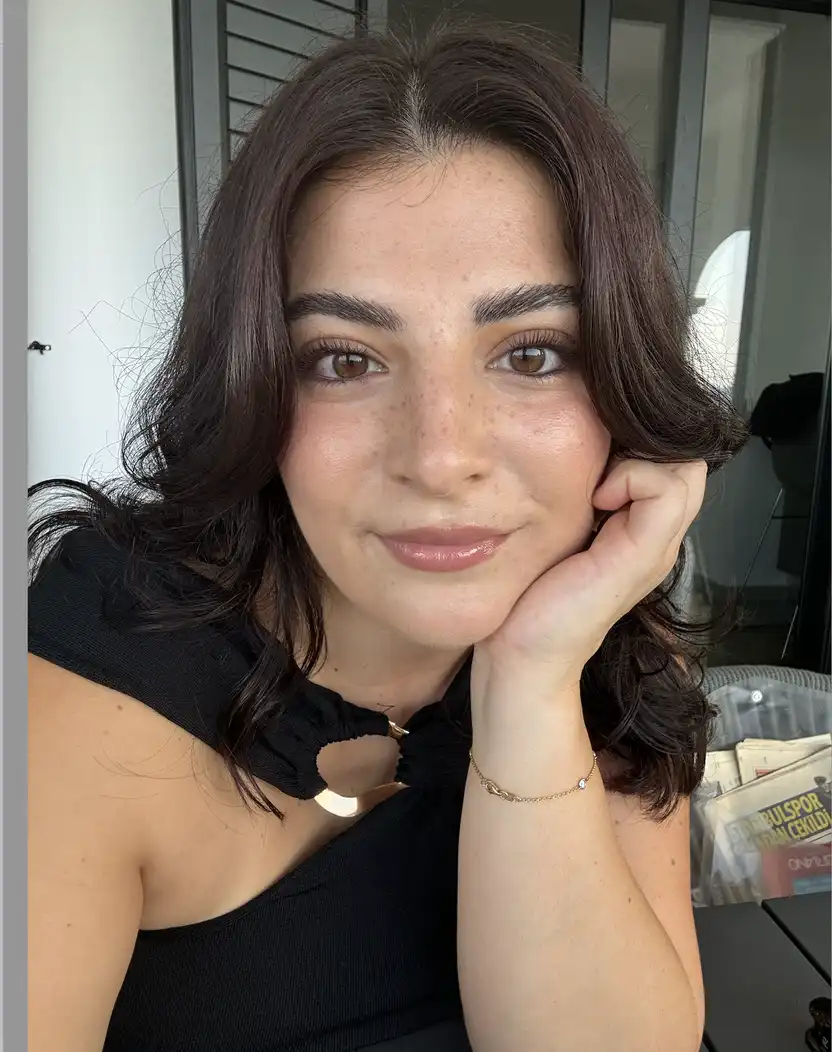What is UX Design?
User Experience (UX) Design refers to the process of enhancing user satisfaction by improving the usability, accessibility, and pleasure provided in the interaction with a product. The purpose is to create easy, efficient, relevant, and all-around pleasant experiences for the user. UX Design encompasses the entire process of acquiring and integrating a product, including aspects of branding, design, usability, and function. It's a multidisciplinary field that combines aspects of psychology, business, market research, design, and technology to create seamless interactions between users and digital platforms.
Key Takeaways
- UX Design focuses on the overall experience and satisfaction of users when they interact with a product or service.
- It involves research, design, usability testing, and implementation to ensure a product meets user needs effectively.
- UX Design is crucial in building successful digital products, enhancing customer retention and engagement.
- A well-executed UX Design can differentiate a product from its competitors by providing superior user experiences.
- Emerging technologies such as AI and VR are reshaping UX Design by offering new, interactive ways to engage users.
Understanding the UX Design Process
The UX Design process is typically divided into several phases: research, design, prototyping, user testing, and implementation. During the research phase, designers gather insights about user needs and pain points through methods such as interviews and surveys. The design phase involves creating wireframes, user flows, and detailed designs, which serve as the blueprint for the final product. Following this, designers create prototypes to test design concepts and gather feedback. User testing is a crucial step where real users interact with the prototypes, offering insights for further refinement. Finally, the design is implemented in collaboration with developers, ensuring the user experience translates seamlessly into the final product.
Role of UX Designers
UX Designers play a pivotal role in the creation of a digital product. Their goal is to balance the needs and goals of the user with the objectives of the business, fostering a harmonious relationship between both. They must possess a blend of technical skills, creative thinking, and empathy to understand and predict user behavior. Designers conduct usability testing, develop personas, map user journeys, and create prototypes, ensuring each step aligns with user expectations and enhances the product's functionality.
UX Design Tools and Technologies
A range of tools and technologies assist UX designers in their craft. Wireframing and prototyping tools such as Sketch, Adobe XD, and Figma are essential in visualizing and testing design iterations. User research tools like UsabilityHub and Hotjar provide valuable analytics and user feedback. Additionally, emerging technologies such as Artificial Intelligence (AI) and Virtual Reality (VR) are beginning to play a significant role in UX Design, enabling more personalized and immersive user experiences.
The Bottom Line
UX Design is an indispensable element of creating engaging and successful digital products. In an age where user expectations are continually evolving, providing intuitive and delightful experiences becomes a competitive advantage. Whether you are a startup aiming to establish a foothold in the market, a digital agency looking to expand your offerings, or a direct-to-consumer ecommerce brand focusing on customer satisfaction, investing in UX Design ensures user loyalty and business growth. Understanding and implementing effective UX Design practices can significantly impact your bottom line by aligning your digital presence with user needs and building robust brand equity.
















